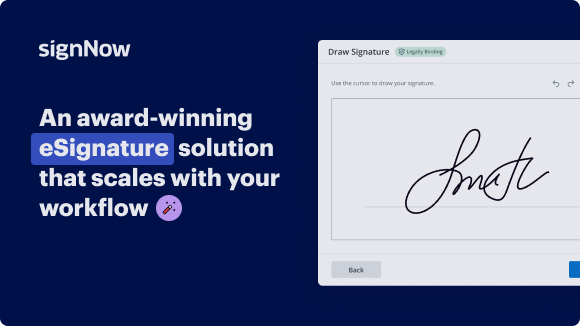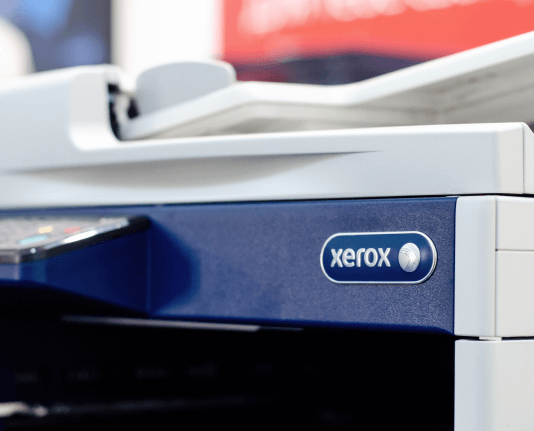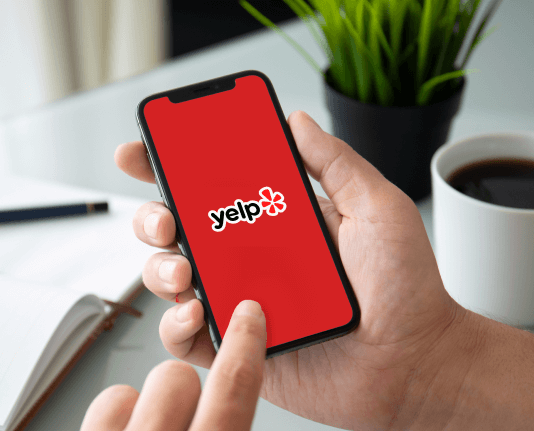Boost Your Real Estate Sales with Our Sales Standard Operating Procedure
See airSlate SignNow eSignatures in action
Our user reviews speak for themselves






Why choose airSlate SignNow
-
Free 7-day trial. Choose the plan you need and try it risk-free.
-
Honest pricing for full-featured plans. airSlate SignNow offers subscription plans with no overages or hidden fees at renewal.
-
Enterprise-grade security. airSlate SignNow helps you comply with global security standards.

Sales standard operating procedure for real estate
Sales standard operating procedure for Real Estate
Experience the benefits of airSlate SignNow today and revolutionize the way you handle real estate transactions. From saving time to reducing paper waste, airSlate SignNow is the ultimate solution for modern businesses.
Try airSlate SignNow now and see the difference for yourself!
airSlate SignNow features that users love
Get legally-binding signatures now!
FAQs online signature
-
What are SOPs in sales?
Standard operating procedures (SOPs) are the blueprint for every business activity, from marketing to sales, customer support to HR, and provide an overview of critical business processes with detailed step-by-step guidance. To showcase the importance of SOPs, this article will explore common corporate SOP examples.
-
What are the five standard operating procedures?
5 Essentials for Every SOP Keep a Clear User Viewpoint. You should always be thinking about your end user when you write an SOP. ... Format Clearly. As well as being careful with language, process documentation should always use intuitive formatting. ... Keep Scope in Mind. ... Observe Roles and Impacts. ... Seek Authority and Approval.
-
What are the 5 parts of SOP?
Components of an SOP Purpose. This section defines the intent of your SOP. ... Procedures. This section describes operating procedures in detail to properly guide employees into completing a task ing to company standards and safety regulations. ... Scope. ... Responsibilities. ... Approval Signatures.
-
What is an example of an SOP?
SOPs detail safe practices and procedures, reducing the risk of accidents or injuries. For example, an SOP for handling hazardous materials includes steps for appropriate protective gear and handling techniques, ensuring safety and proper risk assessment.
-
What does "SOP" mean in real estate?
SOP stands for “standard operating procedure”. SOPs act as guidelines for any process you must complete in your real estate business.
-
What is a SOP format?
A standard operating procedure (SOP) gives you the step-by-step instructions needed to perform specific tasks consistently and efficiently. The purpose of SOPs is essentially to be a go-to guide for solving problems, ensuring safety, and maintaining high performance across your company.
-
What is the definition of SOP with example?
An SOP is a procedure specific to your operation that describes the activities necessary to complete tasks in ance with industry regulations, provincial laws or even just your own standards for running your business. Any document that is a “how to” falls into the category of procedures.
-
What is a typical Standard Operating Procedure?
An effective standard operating procedure explains the steps taken to complete a task and informs the employee of any risks associated with the process. The instructions should be brief and easy to understand, with a focus on how things should be done rather than what needs to be done.
Trusted e-signature solution — what our customers are saying
How to create outlook signature
if you've been driving yourself and everyone around you crazy trying to figure out the difference between systems and processes and sops and procedures and policies and all of that terminology and you're convinced that somebody actually came up with all of this jargon so that they can drive you crazy this is the video for you because what we're going to do is we're going to break each and every single one of them down how to use them where to use them give you some examples so hopefully you do not drive yourself insane on top of all of that you can actually use them in your business to your advantage so you can scale your business without actually losing your sanity that sounds good stick around let's get on with it hit it so i'm going to start breaking down these terms when you look at a business top down when you're looking at a bird's eye view all the way down to the granular level and that is really looking at your policies systems processes procedures and or sops so let's start with policies policies really are a set of principles or rules what you can what you can't do and they're guided by the strategic direction of your business and if you've seen any of my videos you will know that i'm a huge believer in strategy for your business and that's really identifying where your end destination is what are the potential obstacles and how you're going to navigate your way through that and what you're going to do and also what are you not going to do analysis gentlemen having a strategic direction and then a set of policies that follows that direction really guides and aligns everyone inside your business to be heading in the same way this is very advanced we've designed a set of rules so for example you might be saying we're going to be a high quality high value brand that we're not going to compete on price now that's just an example if you want to compete on price in your business that's fine but for the sake of this example let's say you're not going to compete on price so you're going to say to people we are high value high quality we do not compete on price so we don't give discounts we don't match prices and that's going to also guide your product team or your developers or your products or services that they make sure that they have value inside those products and services that they're offering and everyone in your team is working towards that strategic direction and that doesn't necessarily have to be for your products or services it can also be for other things across the board for your business so it could be really for your team as well where you've got policies of remote working you can work from home you can have flexible working hours these are how many days you can take off leave per year for example and so on and so forth so that's really it really aligns everyone and it's really important and all of your systems and processes and procedures that will follow will be guided by the strategic direction and these policies that you put in place at the top level where you're looking at the business top down strategically so policies there are a set of guiding principles or rules that are led by strategic direction and not necessarily any specific actions themselves so let's now have a look at systems so a system is a collection of processes technologies people and interfaces but tamar you haven't told me what a process is yet well yeah okay actually let's skip over systems a bit let's talk about processes and we'll come back and hopefully it will all make sense so a process is really really simple it's just a set of steps that you have to take to finish something over and over again and that's the process you need to take so that you can finish it so if you've got something that's really working well inside your business and you keep on repeating it over and over again because you want to keep doing it very well and it's giving you great results you turn it into a process and you basically say here's step one here's step two here's step three do that do this then do that then do this if this happens then do that but if that happens then do this and really it's not much more complicated than that and all you need to do is find out what's working really well in your business and you just document it and you just write down okay so for example i have a sales call with potential clients before they actually buy so first of all i need to send out an email invite them for a call they book a call and then i get on the phone i talk to them about what the products and services we've got and then they either buy or they don't if they don't then i basically tell them give me your money and then you give them the service and that's it and you just write it down and you write down what the steps are so that's what a process is it's really not more complicated than that now when we come back to a system a system is a collection of all of these processes and people and technologies and interfaces of how they interface with each other so notice in the process i didn't say what kind of technology you're going to actually use are you going to use zoom are you going to use a phone call are you going to actually use an online payment system are you going to send them an invoice who's actually going to do the sales is it you or is it somebody in your sales team how are you going to send them the email is it from an email marketing automation or is it just somebody actually sending stuff manually and the interfaces is okay so when something happens after marketing and somebody actually wants to buy potentially something so marketing then passes it on to sales and that's the interface between marketing and sales so then you're going to have a marketing system and a sales system and then you basically say right within the marketing system i've got these marketing people they're either doing seo i've got a process for seo and that's how they go about doing seo and then for example they send out emails and here's the process for sending out emails and here are a few processes that we've got in marketing i put them all together and that then is interfaced with the different technologies so we have calendly and zoom to book calls and that becomes my system so a system is essentially a combination of processes technologies people and how they interface with each other now when we go back to processes how do you present process as well you can present it as a workflow as a flowchart just a step-by-step process and you say this and this then this then this it doesn't really matter at the end of the day the idea is to document it and the idea is to have it in a clear way so that it can actually be then delegated to other people in your team so that other people can actually do it and remember when you're trying to delegate to people make sure that it's actually role dependent not person dependent you do not want to rely on one single person inside your business because if they leave or if anything was to happen to them unfortunately then you would be totally reliant on them and your business will suffer or impact and that might be even you so the more that you can document and the more that you can get down and simplify and streamline all of these processes and systems then you are going to be in a position where you can pass it on to people and give them not only the tasks to delegate to but even the authority and the accountability where you say here are the results i'm expecting and this is how you're going to do it and if it does that then great if it doesn't then go back and do it again and that's where sops come in and procedures so let's talk about sops and procedures right now so within your company you're going to have standard operating procedures and those will be your detailed instruction sets of how to go about doing something and that's what sop stands for standard operating procedures procedures are the details the how because when we talked about the processes it's literally what you know you do this first then you do that then you do this then you do that and within the systems we said who and we said what kind of technologies and how do they interface with each other between the different systems it's all connected but now with our sops we want to make sure that people do things exactly the same way because we've got good results and we want to make sure that this remains consistent every single time so your sops need to be simple and unequivocal there is no doubt it is clear crystal clear exactly how to do something and there is only one way to do it and there is only one result that you want to get out of it and this is how to check to make sure that you've got that result otherwise go back and do it again so that's what your sop needs to have so what we want to do then is break this down even further you're with me so how do we do a sales call what do we actually say on the sales school is there a sales script is there a set of bullet points is there a way that we greet our potential clients to make sure that they've got an amazing experience okay so after that how do we send them an email do we have an email template what should the email actually say because we don't want people to just make up their own emails because then our branding and potential communications outside will be confusing to people so we want to make sure that we've maintained the brand we maintain all of that stuff okay so then when we collect payment how do we collect payment do we have payment terms based on the policies of what we have and you can begin to see here that your sop will actually include policies systems processes and the detailed instructions of how to go about doing all of these things to get the ideal outcome that you intend to have in the first place and that's why at the beginning of the video i said your business is a collection of systems because that's what it is there are a collection of systems that are guided by strategy which is your policies and your rules and they then you break them down into certain steps that you take and then you go about saying how to go about doing them and within your sops you will have a combination of all of these things and then some because you're going to tell people exactly how to go about doing things now i've had a lot of people say to me okay great tama i understand the difference now thank you very much where do i start how do i identify what systems i have in my business what processes how do i connect all the dots how do i go about doing it well if you haven't hit the like button already if you're getting value out of this video please hit that like button because it really makes a big difference to this channel and also if you haven't subscribed because a lot of you who are watching these videos haven't subscribed yet please hit that subscribe button and the notification bell so that you can get notified when that next video is going to come out which will be about how to identify business systems and when it does we will automatically just just put it right here so that you can go and just click on it so if it's here now it's just i've just like traveled into the future because as i sit here right now i haven't recorded it yet but we will and we will put it here and if it is there just click on it thanks
Show more


























